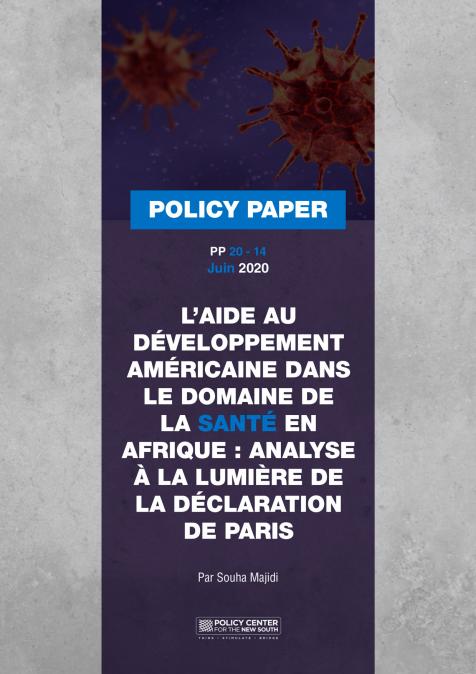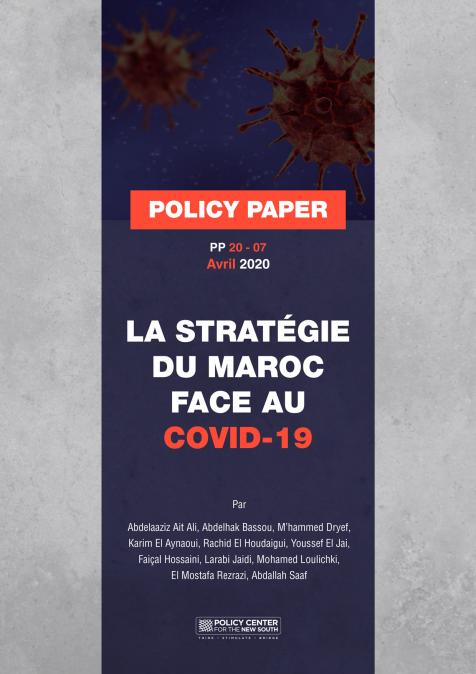Publications /
Policy Brief
COVID-19 has delivered a powerful double punch to the chin of the global economy, combining a terrifying pandemic with a collapse in production because of the withdrawal into their homes of half the world’s workers. The uncertainty generated by the medical and economic shock is paralyzing consumers and investors, and the dispersion of short-term economic forecasts is far wider than at any time in modern history, about six times greater than during the Great Financial Crisis.
The GDP of industrialized countries is expected to plummet by between 5% and 10% this year, and U.S. unemployment is projected to exceed 20% in coming months, reaching levels not seen since the Great Depression. In an interview earlier this month, former International Monetary Fund Chief Economist Ken Rogoff likened the effects of COVID-19 to the worst financial crises, leading him to doubt that incomes would regain their 2019 level before five years. Stock markets have largely ignored these dire warnings. They have already clawed back about two-thirds of the decline from their mid-February peak. The S&P 500 Index at time of writing is down just 13% from that level, a decline smaller than a routine correction. Emerging markets, which many had given up for dead on account of their medical and economic vulnerabilities, have performed less well but have also rallied in the last month.





